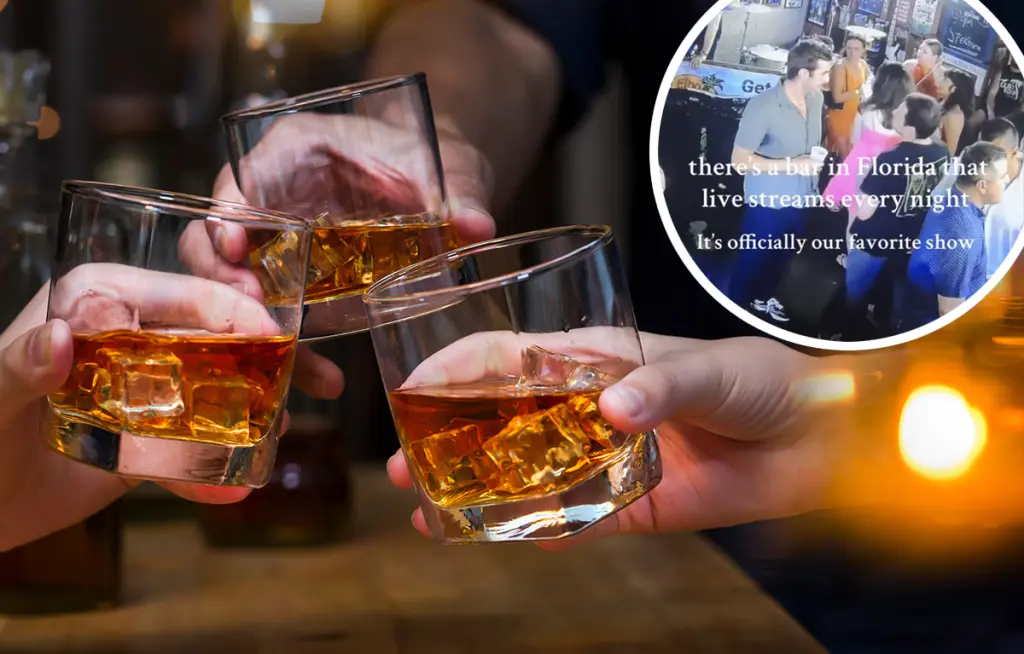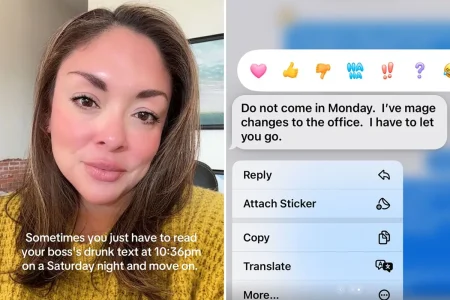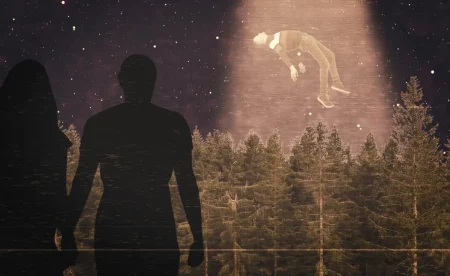From Bar Cams to Moose Migrations: The Rise of Real-Life Livestreams
The Voyeuristic Appeal of Watching Strangers in Their Natural Habitats
In the heart of Fort Lauderdale, Florida, a cultural phenomenon has been quietly brewing since 1996—long before the advent of social media or streaming platforms. The Elbo Room, a beachside bar, has been livestreaming its patrons’ antics for nearly three decades, offering viewers worldwide an unfiltered glimpse into the authentic nightlife experience. This bar, with its multiple camera setups strategically placed throughout the venue—The Beach Cam, The Patio Cam, The Band Cam, and The Bar Cam—has created what amounts to an accidental reality show that’s captivating audiences from the comfort of their homes. What makes this particularly fascinating is that most patrons may not even realize they’re the stars of this unscripted entertainment. For basic viewing without audio, anyone can tune in for free on YouTube, while those wanting the full sensory experience (including sound and access to the Second Floor Bar Cam) can subscribe to BandCam+ for $2.99 monthly—a business model that brilliantly monetizes voyeurism in the digital age.
A Social Media Renaissance for an Old-School Concept
Recently, this long-running livestream has found new life on TikTok, where users like @courtneykcolombo have been sharing clips and reactions to the Elbo Room’s patrons. Her videos, referring to the livestream as her “favorite show,” have sparked a renaissance of interest in bar-watching. The comments section on these videos reveals the profound appeal of this passive form of socializing: “This is the best/worst idea of ALL TIME,” wrote one viewer, while another observed that it’s “the equivalent to when kids watch other kids play with toys on YouTube”—a surprisingly astute comparison to the reaction video phenomenon that dominates modern content consumption. What’s particularly telling is how many commenters identify themselves as former night owls who now prefer this risk-free window into nightlife: “I am 37 now with kids and am in bed by 9… I live through these people now,” confessed one viewer, highlighting how these livestreams serve as a vicarious experience for those who have aged out of active participation in bar culture but still crave connection to that world.
A Global Network of Bar Voyeurism Emerges
The Elbo Room isn’t alone in its surveillance-as-entertainment approach. As TikTok users discovered and shared this Florida fixture, they began revealing an entire ecosystem of bar livestreams operating across the country and beyond. Key West appears to be another hotspot for this activity, with establishments like Dirty Harry’s and Sloppy Joe’s offering similar peeks into their nightly operations. The latter has even inspired a fan-created “Sloppy Joe’s Bingo” game where viewers mark cards based on patron behaviors they spot on camera. Other commenters mentioned similar setups in Charlotte, unspecified Midwest locations, and even across the Atlantic in Liverpool, England, where a bar called Woody’s apparently goes live nightly. This suggests not just a Florida quirk but a global trend in transforming ordinary social spaces into streaming content—raising questions about privacy, consent, and the increasingly blurred line between being a participant in public life and unwittingly becoming entertainment for others. The question of whether patrons are properly notified about being filmed looms large, though the nature of these spaces as public venues complicates traditional expectations of privacy.
The Psychological Appeal of “Reality” Entertainment
What makes these livestreams so compelling to thousands of viewers? Unlike produced reality television with its careful editing and constructed scenarios, bar cams offer a raw, unfiltered authenticity that can’t be manufactured. There’s something uniquely satisfying about witnessing genuine human interaction without the subjects’ awareness of being observed—a dynamic that recalls the appeal of early reality television before participants became self-conscious performers. For viewers, particularly those who no longer participate actively in nightlife, these livestreams offer a risk-free window into social dynamics: all the entertainment of people-watching with none of the downsides of actually being in a crowded, noisy bar. The comment that captured this sentiment best noted, “I love watching these! I’d rather stay home and watch this than go to the actual bar.” This reveals a fascinating shift in how we experience communal spaces—sometimes preferring to observe rather than participate, finding entertainment value in everyday interactions that previous generations would have had to experience firsthand.
Beyond Human Subjects: The Wildlife Livestream Phenomenon
The appetite for unscripted, authentic livestreams extends beyond human subjects to the animal kingdom as well. Earlier this spring, millions of viewers became captivated by Sweden’s “Great Moose Migration” livestream—dubbed “Den stora älgvandringen” locally. This broadcast follows the country’s largest land mammals during their annual inland trek, which began a week early this year due to unusually warm spring conditions. Viewers have described the experience as hypnotic, meditative, and strangely addictive—qualities that parallel the appeal of bar cams, despite the dramatically different subject matter. Last year, the moose migration attracted nearly nine million viewers worldwide, suggesting that our fascination with observing natural behaviors, whether human or animal, taps into something fundamental about how we connect with the world around us. These wildlife livestreams offer a similar window into authentic experience, but with an added element of education and connection to natural cycles that many urban dwellers rarely encounter.
The Future of Passive Participation in a Connected World
The popularity of bar cams, wildlife migrations, and other live streams points to a broader cultural shift in how we engage with entertainment and experience. In a world where curated social media profiles and heavily produced content dominate, these raw feeds offer something increasingly rare: unfiltered reality. One TikTok user dreamed of expanding this concept: “Imagine if this was a reality show and they had them in bars all over the world.” This vision suggests a future where our entertainment increasingly consists of simply watching others live their ordinary lives, a natural evolution of reality television stripped down to its essence. As one commenter succinctly put it, “Who needs Netflix when the world’s chaos is streaming live 24/7?” This sentiment captures the peculiar appeal of these livestreams—they transform mundane reality into compelling entertainment through the simple act of observation. In a culture increasingly mediated by screens and digital interactions, these livestreams paradoxically offer both escape and connection, allowing viewers to experience public life while remaining safely distanced from its messiness and unpredictability. Whether this trend represents a troubling retreat from direct participation in social life or simply a new way of connecting across physical boundaries remains an open question—but the growing audience for these unscripted glimpses into everyday reality suggests they’re fulfilling a genuine human need in our increasingly isolated digital age.















